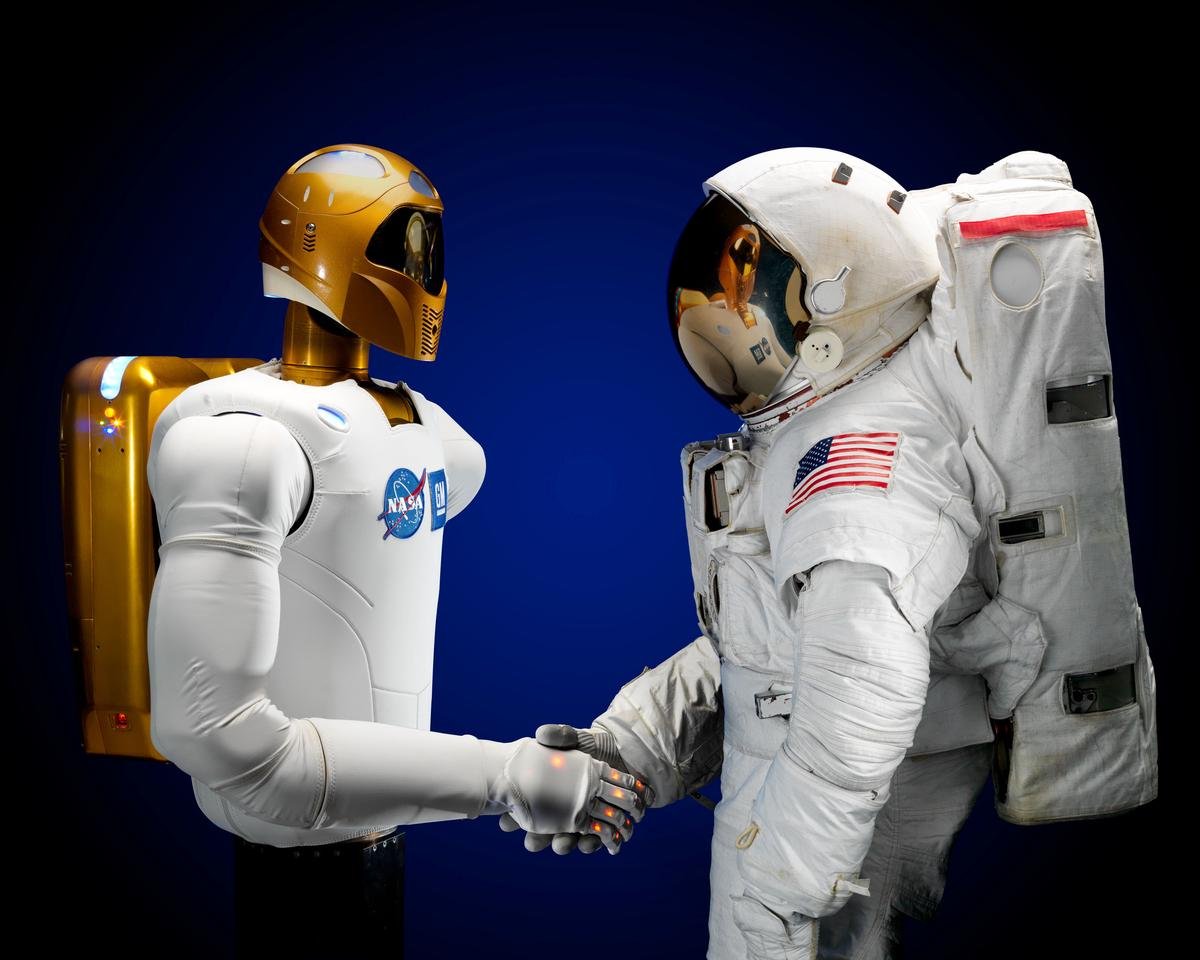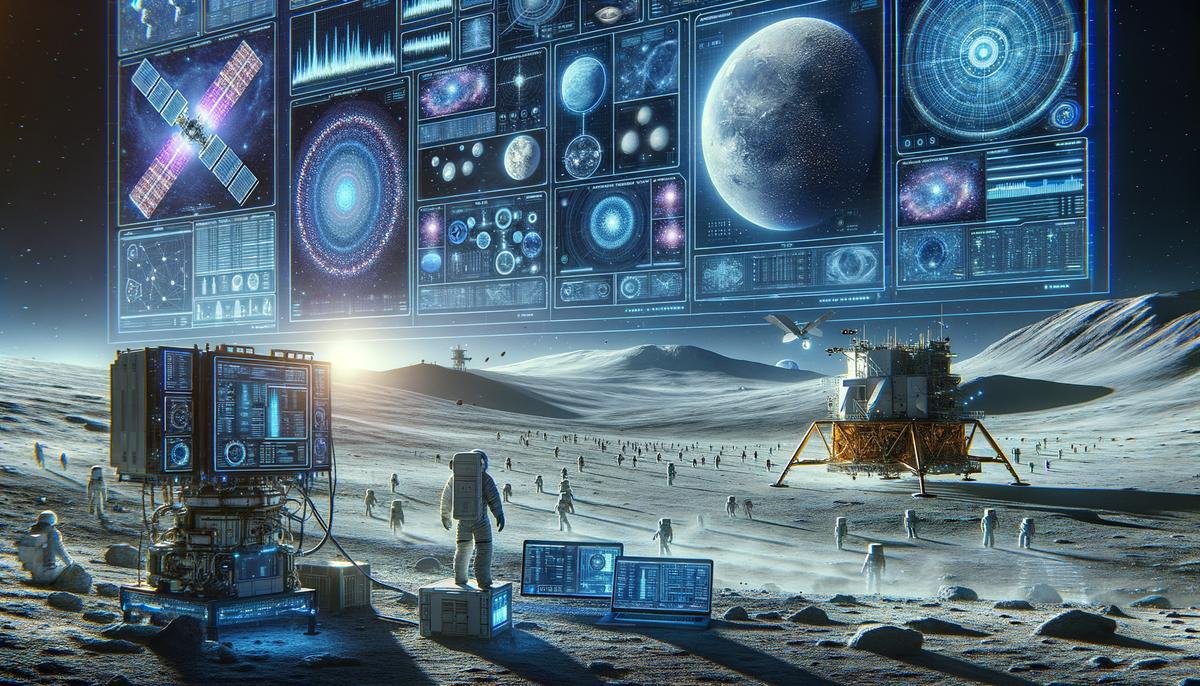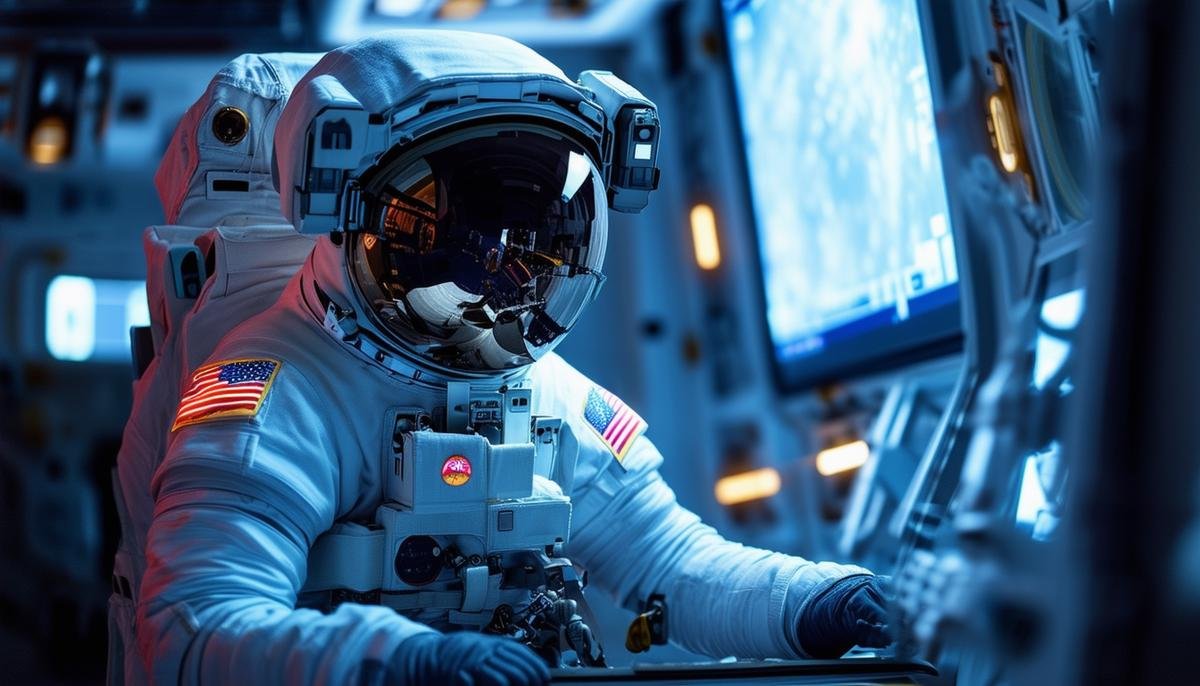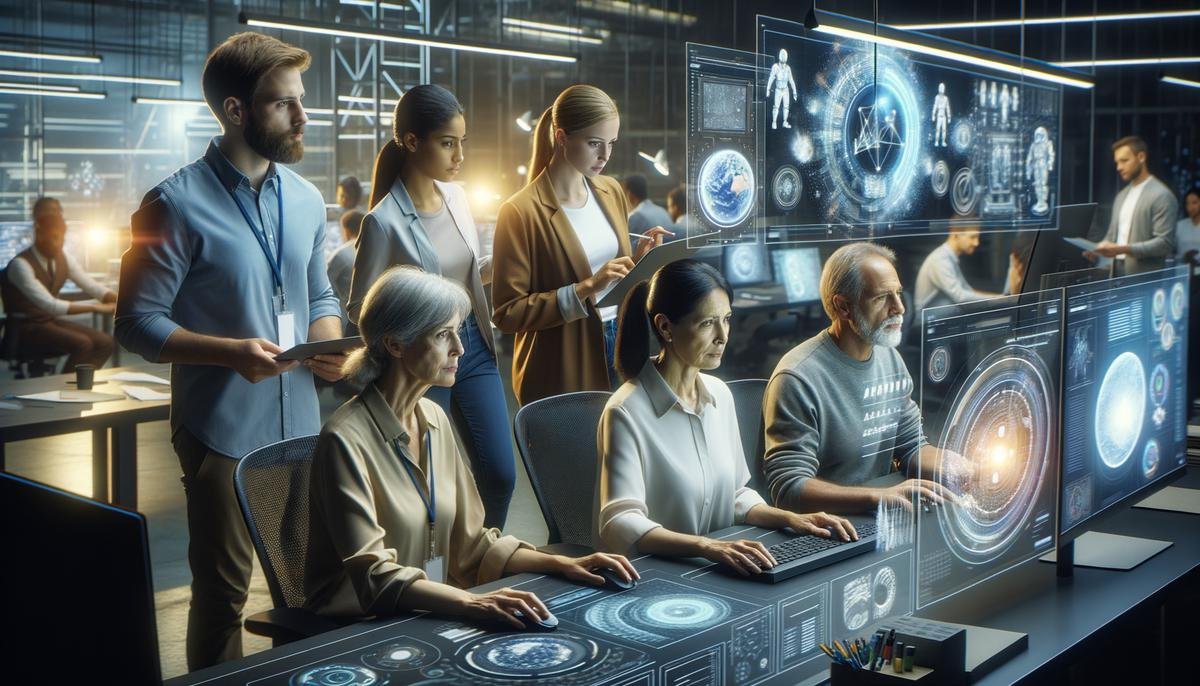Historical Use of AI in NASA
NASA has utilized AI for years, starting with applications in astronomy to identify faint galaxies and in climate modeling to enhance understanding of global warming's impacts. As technology advanced, AI was used to analyze vast amounts of data, such as monitoring wildfires through the Eyes on the Earth platform.
The Spaceborne Computer, launched in 2017, marked a significant milestone, conducting experiments on the International Space Station (ISS). Its successor, HPE's Spaceborne Computer-2, refined real-time data processing in space, powering experiments in DNA sequencing and 3D printing.
AI also aids in preserving astronaut health, with recent efforts focusing on detecting damage to equipment. NASA's first Chief AI Officer, David Salvagnini, now leads efforts to integrate AI responsibly, balancing innovation with careful stewardship.

Current AI Applications in Space Missions
AI plays a crucial role in NASA's current missions. Advanced algorithms analyze satellite imagery to identify patterns and anomalies, tracking environmental changes with remarkable accuracy. In the search for exoplanets, AI processes vast amounts of telescope data to identify potential candidates.
The Artemis missions, which aim to return astronauts to the Moon and eventually venture to Mars, rely heavily on AI for guidance, system management, and decision-making. On the ISS, AI speeds up Earth observation data processing and optimizes 3D printing.
Collaborations with tech giants like Microsoft and HPE have led to breakthroughs such as advanced DNA sequencing in space. These efforts expand research possibilities by enabling innovative studies to be conducted onboard, rather than waiting for data to be sent back to Earth.

AI in Astronaut Health and Safety
AI significantly impacts astronaut health and safety, especially for extended missions. Key applications include:
- Cognitive state monitoring: AI analyzes biometric data to predict cognitive fatigue or stress.
- Spacesuit injury detection: AI-driven software identifies potential suit damages early.
- Health data analysis: AI systems analyze health data in real-time, enabling quick, informed decisions by medical teams on Earth.
- Physiological effects monitoring: AI examines the effects of prolonged space travel, guiding the development of countermeasures.
These applications make AI integral to ensuring astronaut well-being in the challenging space environment.

Public and Collaborative AI Initiatives
NASA's public challenges and competitions involving AI demonstrate the agency's commitment to fostering innovation and collaboration. Notable initiatives include:
- Autonomous Observation Challenge: Seeks technologies for autonomously detecting and tracking objects on the Moon's surface.
- Risk Prediction Challenge: Focuses on developing AI tools to preemptively identify risks in project management.
- Waste to Base Materials Challenge: Encourages the development of methods for converting waste into valuable materials for space exploration.
- Spacesuit In Situ Detection Challenge: Seeks AI solutions to detect and mitigate potential injury risks in spacesuits.
These competitions tap into public and private sector intelligence, accelerating advancements in space exploration technologies while addressing practical challenges both in space and on Earth.

Future Prospects and Challenges of AI in Space
The future of AI in space exploration promises transformative advancements in autonomous spacecraft, advanced robotics, and AI-driven research. These technologies could redefine space exploration, making it more efficient and less risky.
However, challenges include:
| Challenge | Description |
|---|---|
| Reliability and Safety | Ensuring AI systems function correctly in the harsh space environment |
| Ethical and Regulatory Concerns | Addressing potential issues related to AI decision-making in critical situations |
| Integration with Existing Technology | Seamlessly incorporating AI into current space systems and protocols |
| Cost and Resource Management | Balancing the development of AI technologies with budget constraints |
| Public Trust and Acceptance | Building confidence in AI's role in space missions among the general public |
Addressing these challenges will require collaborative efforts from scientists, engineers, policymakers, and the public to responsibly develop and deploy AI in space exploration.

As we enter a new era in space exploration, the responsible development and deployment of AI will be key to advancing human exploration. These innovations bring us closer to solving cosmic puzzles and addressing terrestrial challenges, ensuring that AI serves humanity comprehensively. 1
- National Aeronautics and Space Administration. Artificial Intelligence and Machine Learning at NASA. NASA Website. 2023.




